Nutima Integrative Medicine Blog
A Naturopath’s Approach to Protecting Her Family from Corona Virus: Part Three
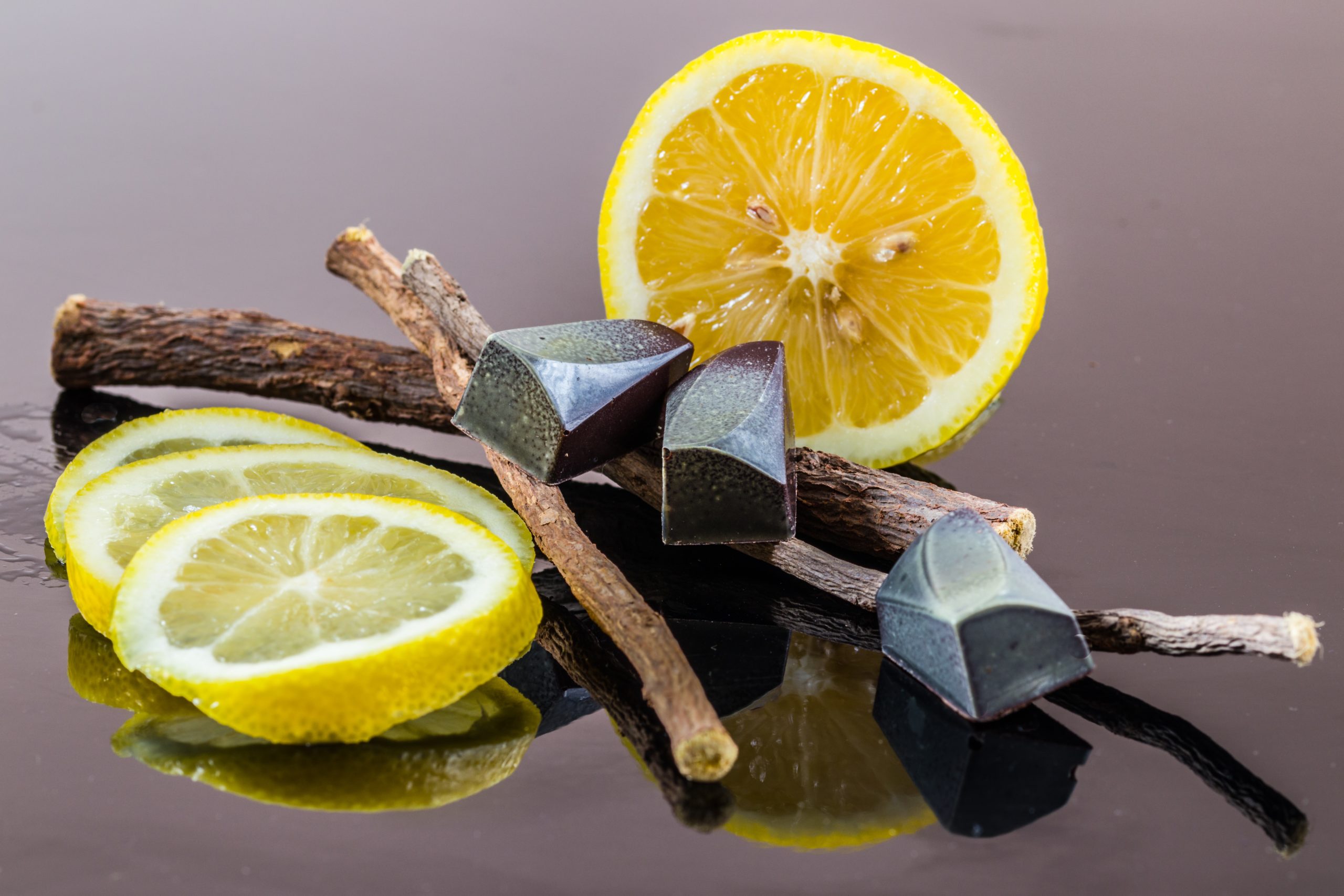
First, my disclaimer: This series of blog articles is based off what I am doing for my family. Nothing in these articles is better evidence or supersedes guidance from organizations such as the CDC and the WHO. These articles are merely highlighting what I am doing for my own family and for myself. They are based off some research (where mentioned), some clinical training and of course, my own personal biases and opinions that nature offers us some antimicrobial protection and immune boosting therapies from certain pathogens. No one yet knows what natural therapies are effective for COVID-19. It is still too early. Any conclusions or assumptions I am making are from other strains of related corona viruses.
Thus far, I have shared my immune-boosting jello recipe for protecting my family, as well as my opinion on masks and essential oils to decrease my risk of exposure. My next strategy for my family is to make them licorice tea.
A Naturopath’s Approach to Protecting Her Family from Corona Virus: Part Two
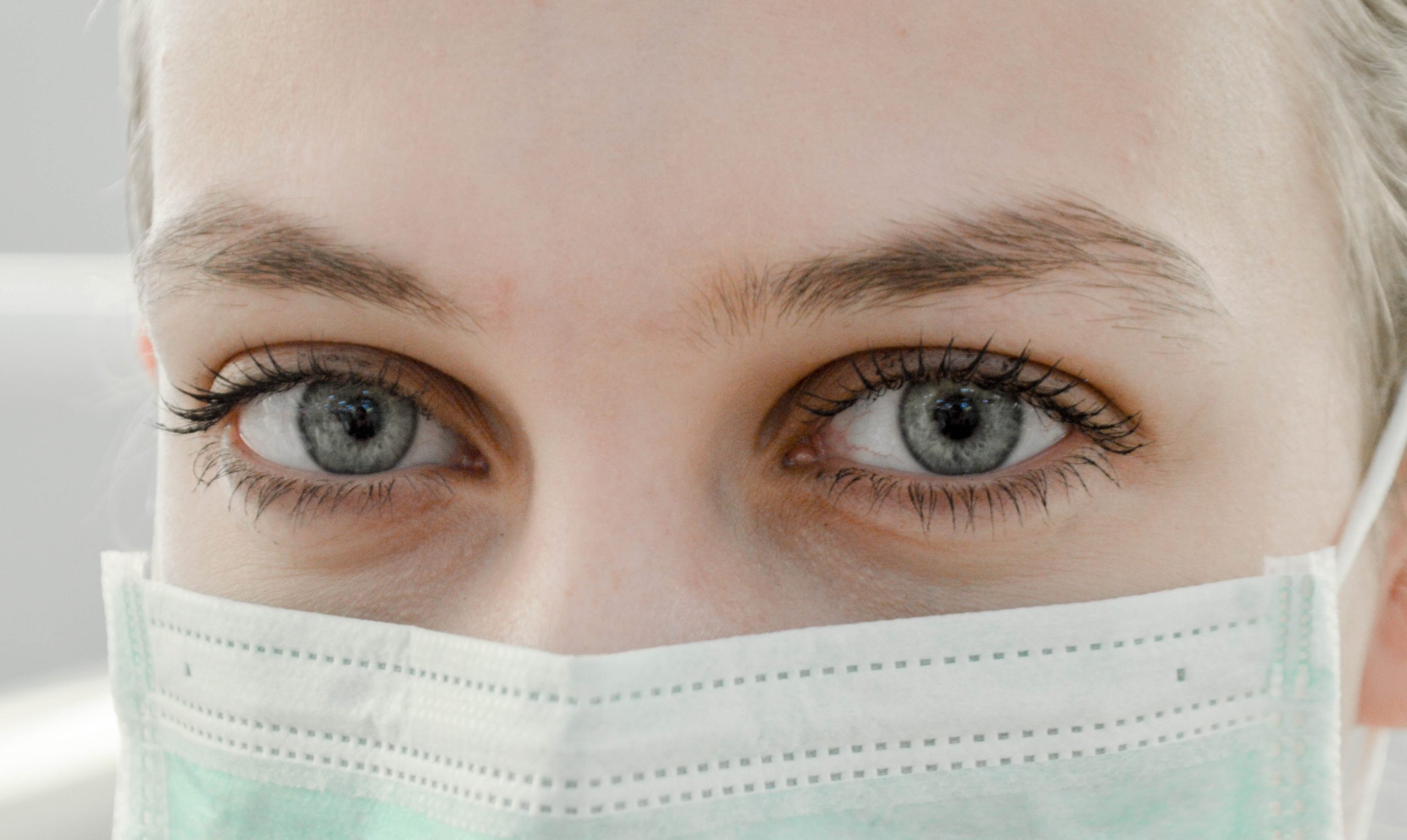
Greetings, y’all! I have had several friends, loved ones and patients reach out recently to inquire into what practical things that I am doing to protect my family and myself from the novel corona virus. So, I decided to continue my series and share more tips with you. You can read the recipe for my immune-boosting, anti-viral jello, which is part one of this series, by clicking here.
For this edition, I am talking about masks! This question has come up a lot and I think there is a lot of confusion about the merits and limitations of wearing a mask to protect oneself.
Immune-Boosting Video Recipe to help fight viruses!
What does a naturopathic physician do to boost their immune system from the corona virus?
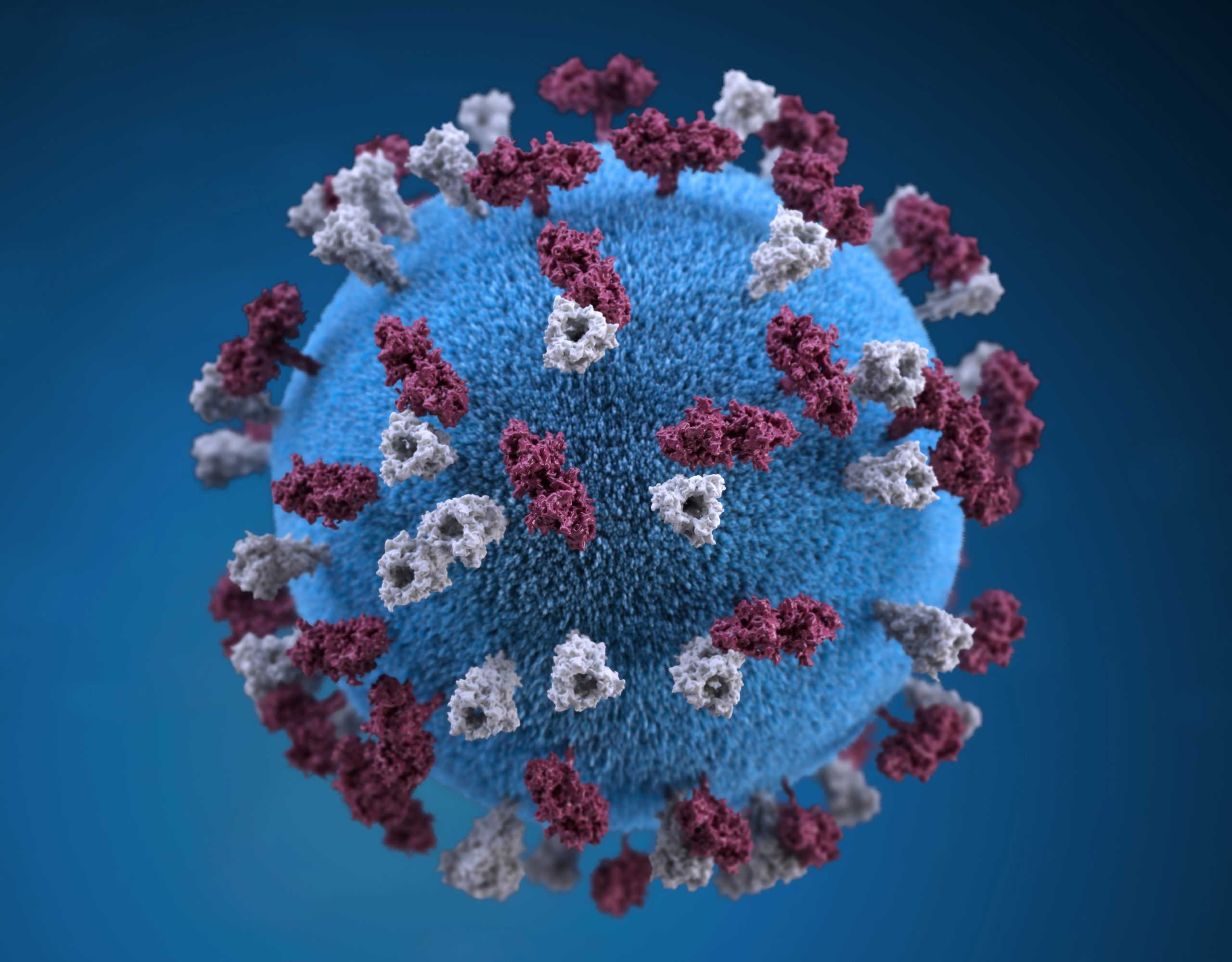
With lots of media frenzy and fears around the Corona virus, I wanted to make you all a video and recipe about what I do as a naturopathic physician to help protect and nourish my family. Here is one delicious recipe you can try at home to boost your family’s immune system!
Anti-Aging Through Antioxidants

This is part three of my exploration into what science’s knows about anti-aging. To read more about the anti-aging benefits of caloric restriction, please click here. To learn more about the best herbal remedies for anti-aging, please click here. To learn more from me in person, please consider joining me for my free talk on anti-aging. Learn more by clicking here.
What Are Mitochondria?
Mitochondria are the tiny batteries of the cells in our bodies. They produce the majority of our energy molecules and are the main cellular site for our “metabolism”. Our mitochondria have a distinct set of DNA that is different from our nuclear DNA. In true science fiction fashion, it is believed that mitochondria originated as a symbiotic bacteria that we adopted into our cells which accelerated our energy production. Weird, huh?
For a long time, scientists believed that mitochondria were mostly just concerned with energy production. One reason people believed this was because organs in our bodies that have a stronger need for energy have significantly more mitochondria (the heart being one great example). However, newer research has started to reveal how mitochondria are critical for communication within the cell and between cells. In particular, mitochondria are essential for signaling many pathways that pertain to aging, such as inflammatory signals, signals telling the cell it is time to die, and signals that tell the cell it is time to stop growing (1-5).
Anti-Aging Herbal Remedies
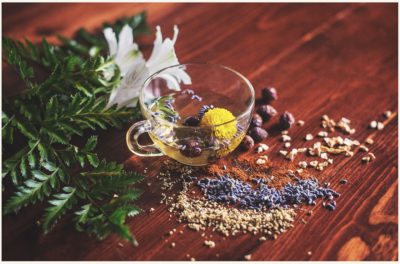
I am continuing to dig into the research literature on the best that we know about anti-aging approaches as I prepare for my anti-aging class on January 22nd. My first blog discussed the science behind caloric restriction. For today’s article, I am looking into the best herbal remedies to help with aging.
Consumer Beware
First, it should be stated that many companies make grand claims about their products, claims that may or may not be research verified. Before your part with your hard-earned cash, please consider that there is very little regulation about what product companies can claim. Pharmaceuticals must provide proof that their products do what they say. However, skin creams and other anti-aging elixirs are not held to that same standard.
One other prudent point- before dropping hundreds of dollars on fancy topical products, try not to skip the lifestyle things that make a huge impact. Regular exercise, quality sleep, a diet rich in fruits, vegetables and whole grains and stress management may not make headline news. But these things are the bread and butter of graceful aging. Realize that in the absence of these important lifestyle choices, topical products are unlikely to yield terrific results. Your best likelihood of success with come from lifestyle changes combined with the best researched topical products.
Anti-aging Benefits of Caloric Restriction
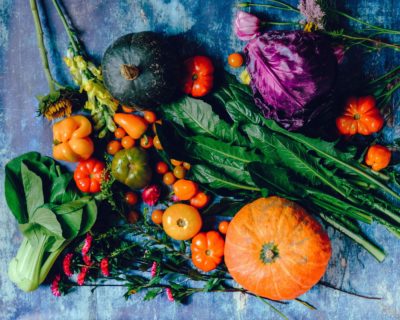
In preparation for my upcoming class on anti-aging (Click here to learn more), I have begun sinking my teeth into the best published research on what we actually know about aging. There are many interesting emerging treatments, from supplements to medications to an ever-growing understanding of the genetic and cellular underpinnings of aging. But something that cannot be missed when researching aging is the startling results made possible by caloric restriction (CR).
In 1935, two researchers, McCay and Maynard, discovered that rats fed a calorically restricted, but nutritionally complete diet, had drastically increased life spans. The life spans of the rats fed the restricted diets were increased up to 50%! Since then, similar findings have been found in yeasts, spiders, worms, fish, mice and recently, monkeys (1). Additionally, animals given these CR diets had decreased markers of cardiovascular disease, better glucose regulation, less cancer and less brain atrophy as they aged (2).
The Power of Antioxidants: Why Your Mitochondria Need Proper Nutrition!
What are Mitochondria?
We have several different ways that we break down food into actual energy. Our biggest energy production comes inside tiny parts of our cells called mitochondria. By several orders of magnitude, mitochondria has the capacity to make significantly more energy than any other pathways. We can think of mitochondria as the batteries of our cells. Our cells have different levels of mitochondria depending on how much energy they need. Our hearts require the most energy, and thus, have the most mitochondria.
